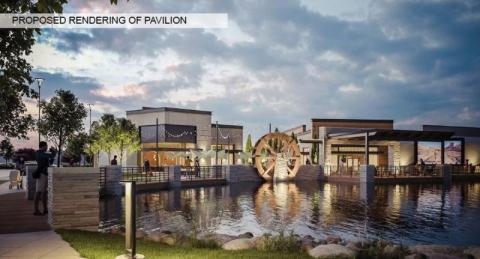IF PICKING THE RIGHT LOCATIONS IS SO SIMPLE, WHY HAVE SO MANY RESTAURANTS FAILED?

During the Recession, thousands of marginal and successful restaurants have closed because of fewer people dining out, the loss of significant luncheon business, other financial problems, lack of anticipated sales, rising gasoline prices vs. dining out expenditures, fewer frequent customers, smaller check averages, and consumers trading down, along with locational factors like poor access, limited parking, and numerous other reasons. This is the food business where every customer is a food critique.
Admittedly, in the last several years even restaurants and quick service food units in good locations have fallen victim to the expanding competition. However, even with the increased competition and economic challenges, picking the right locations given all of the problems can help to keep the grim reaper away.
In my book, The Restaurant Location Guidebook and in my previous book, Restaurant and Fast Food Site Selection, I address Site Selection and Procedures that will maximize sales and minimize the impact during economic downturns, providing some insulation from cyclical consumer spending.
The proper approach is to choose an area and a location, because the market dynamics indicate that your type of a new unit can be supported at an acceptable sales level. This decision is only possible after understanding demographics, trade area, market structure, competition, dining patterns, accessibility, income, age structure, household size, household structure, occupational status, topography, eating and drinking habits, spending patterns, price and rental rates, and many other factors. Once that has been done, the next step is to identify locational opportunities within the selected area. The most common choice is a major traffic artery bisecting an area or where the greatest concentration of activity exists. Some restaurant operators will avoid those locales in favor of a less congested and more placid setting. Both decisions can be correct for an individual restaurant, if all other ingredients are in place. As a general rule, the more generative activity; the more expensive the location. Conversely, the less activity, usually the cheaper rent or purchase price. Normally, a restaurant needs nearby activity generators such as shopping, dining, employment, and traffic because most restaurant, by itself, cannot attract sufficient customer traffic without some help.
You can read Chapters 18 and 19 in Melaniphy’s book, The Restaurant Location Guidebook, a comprehensive guide to picking restaurant and quick service food locations. Click here for more information………….
